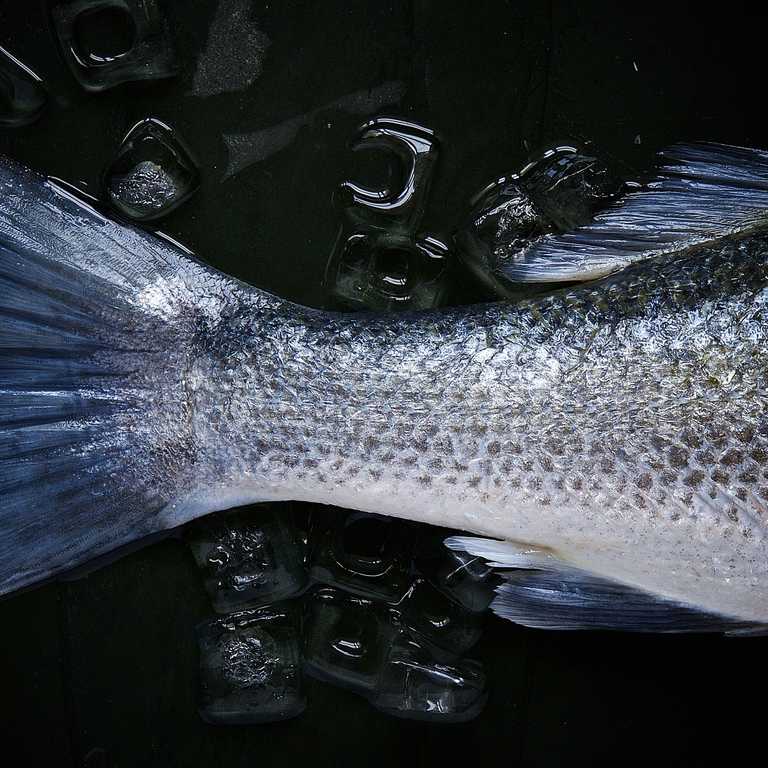Table of Content
How Much Formaldehyde in Fish Is Too Much?

These days all kinds of foods are being tested – whether they are packaged products like ketchup and wafers or naturally produced items like fruits and fish. FSSAI has been constantly improving their systems for defining limits and establishing test protocols to standardize the entire process.
FSSAI has been promoting the rapid detection kit developed by Central Institute of Fisheries Technology (CIFT) with consumers and traders alike.
The need for the kits has grown as it has been detected that the preservative nature of formaldehyde is being artificially and externally used in the form of formalin to preserve fishes and make them appear fresh due to color. FSSAI has already issued an alert to this effect in July 2019.
What is formaldehyde?
- Formaldehyde is a compound consisting of hydrogen, oxygen and carbon molecules.
- It is known as a preservative and has anti-bacterial properties. This property makes it a useful ingredient in different chemical products like pharmaceuticals, cosmetics, detergents, fertilizers and pesticides. It is also used in glues, paints and certain paper products.
- This is a compound which is produced “naturally” in many life forms like bacteria, plants (fruits and vegetables), fish, animals and even in humans through the process of metabolism in cells.
Why is formaldehyde found in fishes?
We have stated earlier that it occurs naturally in fishes due to metabolism of cells.
But fishes are highly perishable and without adequate processing, handling and storage facilities, they can get spoiled in no time.
Thus, fishermen resort to applying a chemical called formalin on fishes to extend their shelf life. This is a cause for human health concern.
The CIFT rapid detection kit comes handy in such cases to quickly analyze if the fish has formalin or formaldehyde on it
How does formaldehyde affect man?
Normal exposure can cause irritation of nose, throat, skin etc. But the concern is the external application of formaldehyde which increases the normal levels of the compound and makes it a health risk. Usually consumption of 100 mg of formaldehyde per day is acceptable.
According to the EPA, formaldehyde has adverse impact on human health when converted to formalin by mixing with water. Formalin is a cancer-causing agent when found in higher quantities.
CIFT’s Rapid Detection Kit to detect formaldehyde in fishes
The kit was the result of a need to develop a tool that can aid in quickly testing samples. It is also meant to empower common man by using a DIY kit by following very simple steps.
The test kit is meant to detect formaldehyde or ammonia that is only present externally due to artificial application.
How to use the kit?
The kit comprises of 3 things:
- Testing strips
- The chemical reagent solution
- A chart for color comparison and evaluation
Step – 1 – Rub the strip on the outer surface of the fish
Step – 2 – Add 1-2 drops of the reagent solution
Step – 3 – Observe the change in color
Step – 4 – Compare the color on the strip to that of the comparison chart and decide. Blue color indicates the presence of formalin or ammonia. Yellow color indicates that the sample is free of these chemicals.
CIFT’s advisory role to FSSAI on formaldehyde in fishes
FSSAI has entrusted the task of establishing the limit of naturally-produced formaldehyde in fresh water and marine fish to the premier institute – CIFT. The interim acceptable limit of naturally-occurring formaldehyde in fresh – water fishes is 4ppm and marine would be 100ppm.
This will enable to objectively handle disputes when they raid fisheries or fishermen/ traders and their stock.
CIFT intends to sample all kinds of commercially available fishes in the Indian market and determine the limit of naturally-occurring formaldehyde in all categories. This initiative is expected to be completed in a year’s time.
In future, CIFT will be the deciding agency on all disputes related to fish and its quality across the country.
Enquire Now
To enquire about our services please complete the form below and we will be in tough with you as soon as possible
Food Regulatory Services
- Consumer Product
- Compliance Services
- Licenses